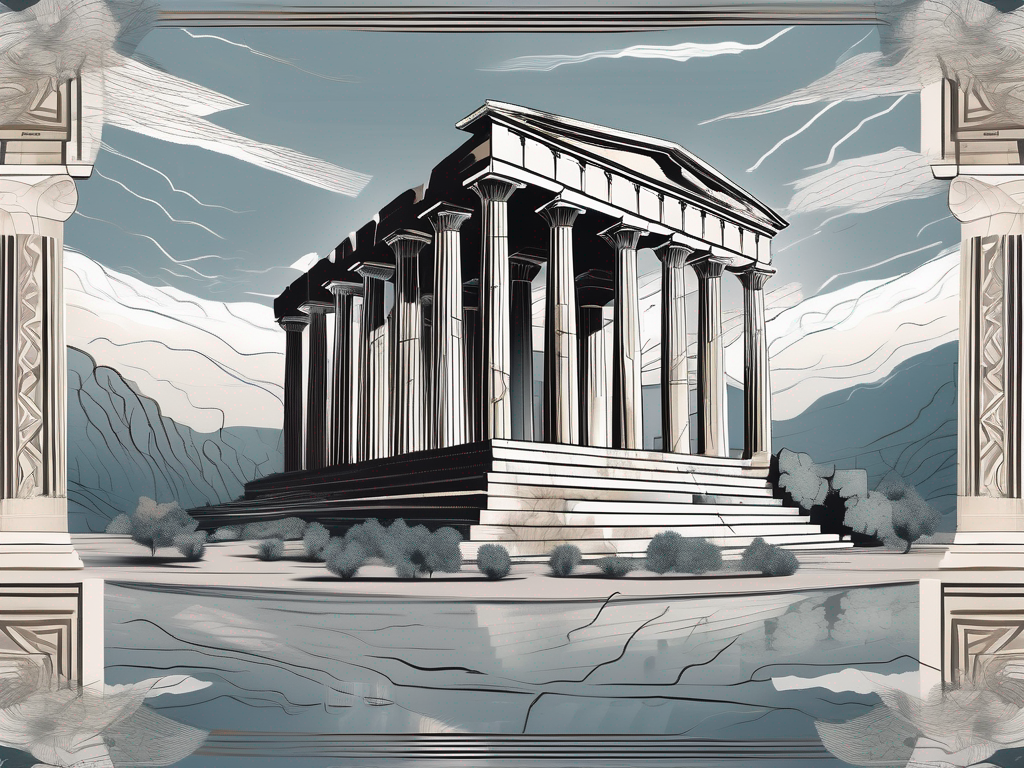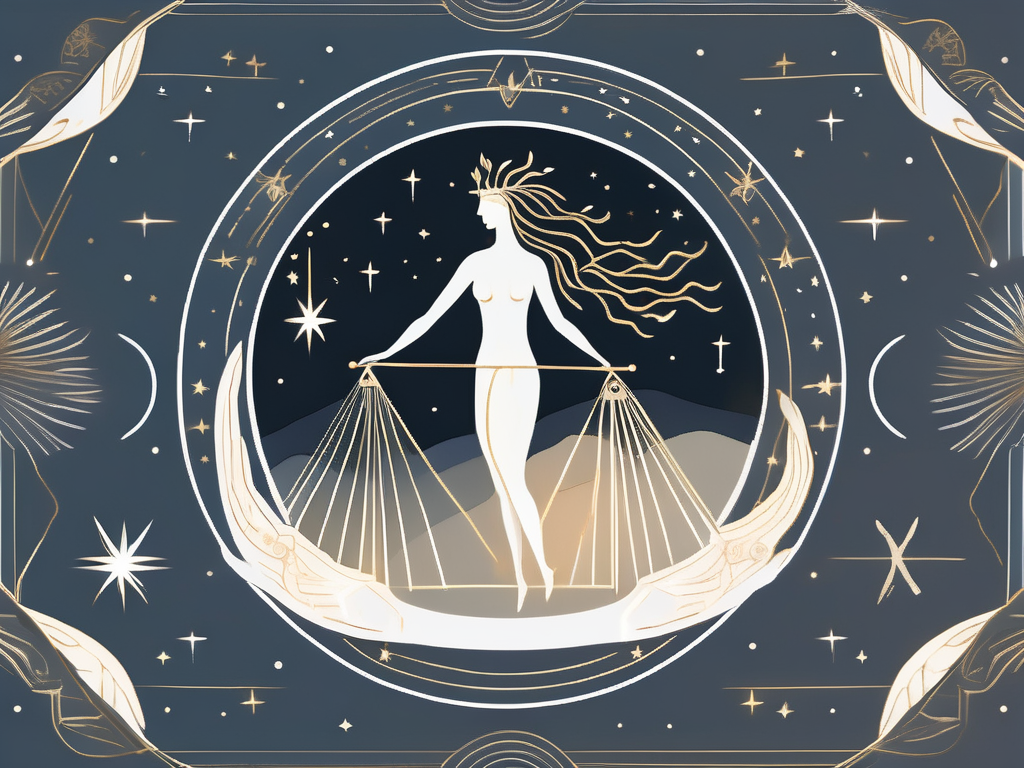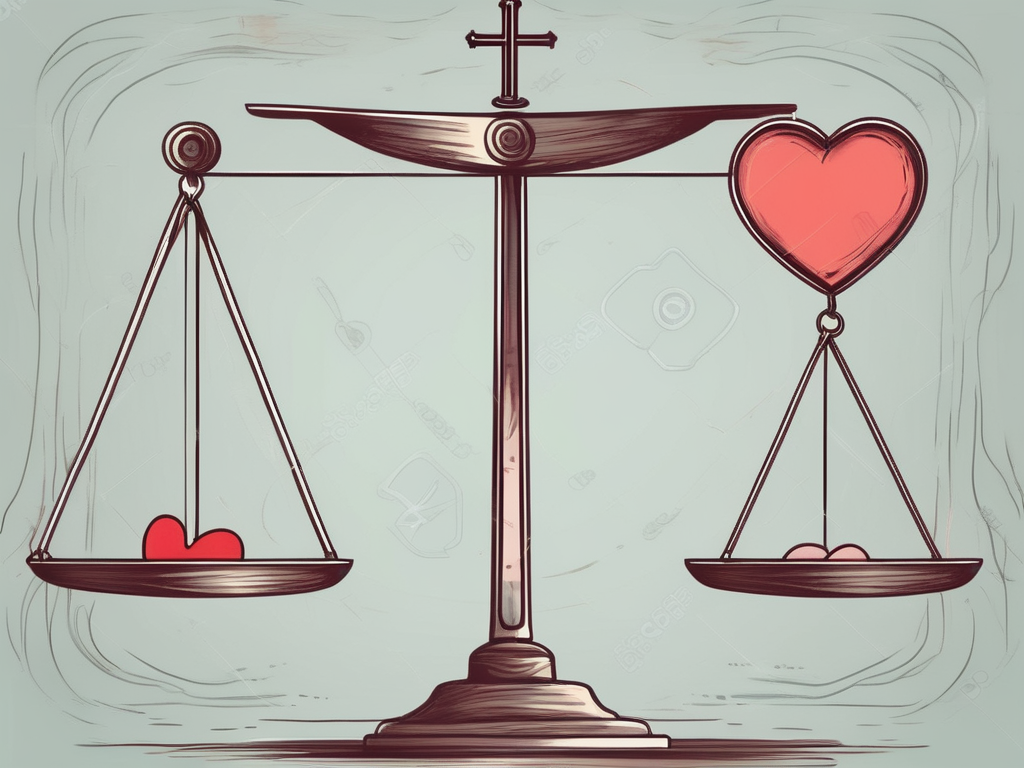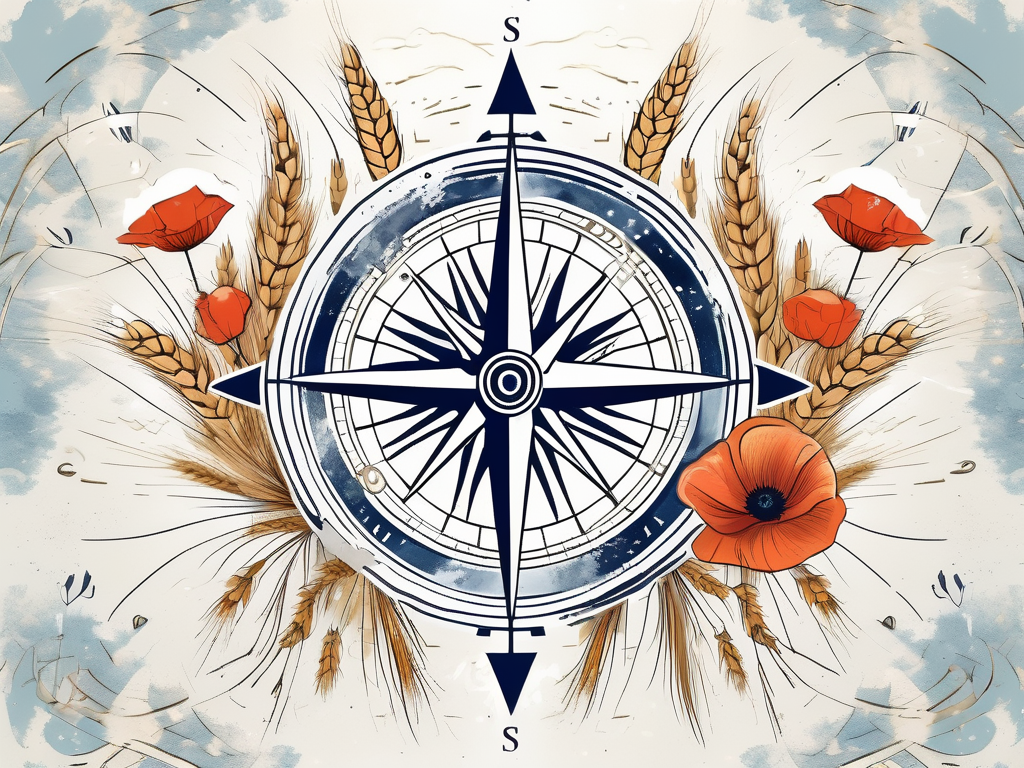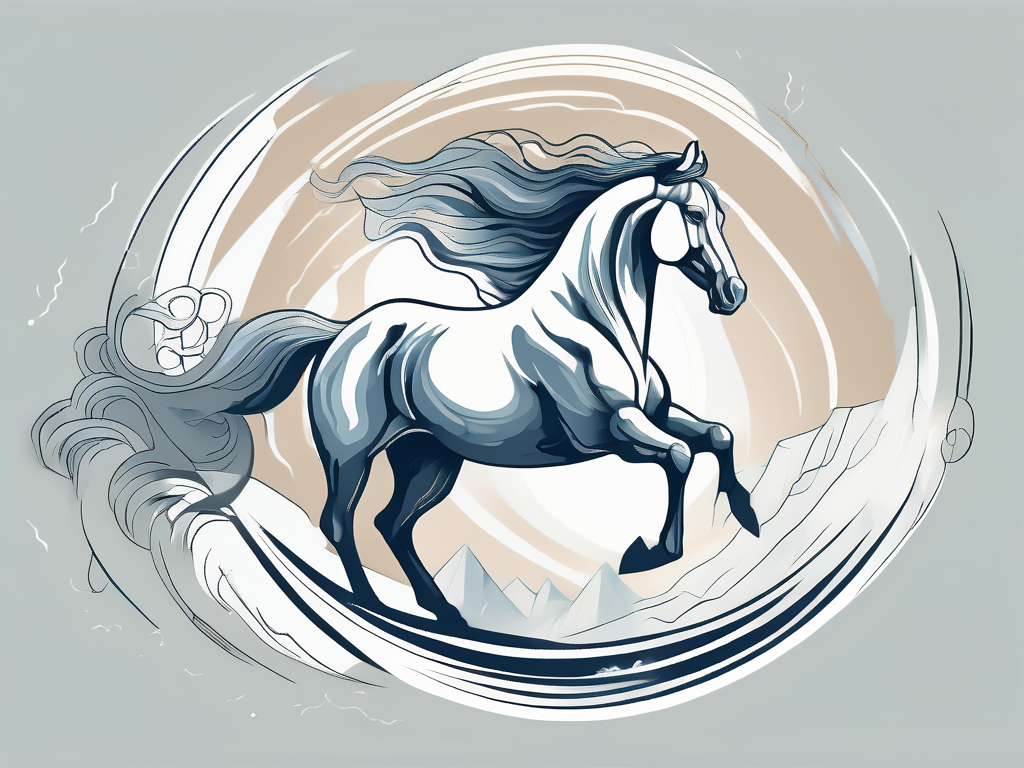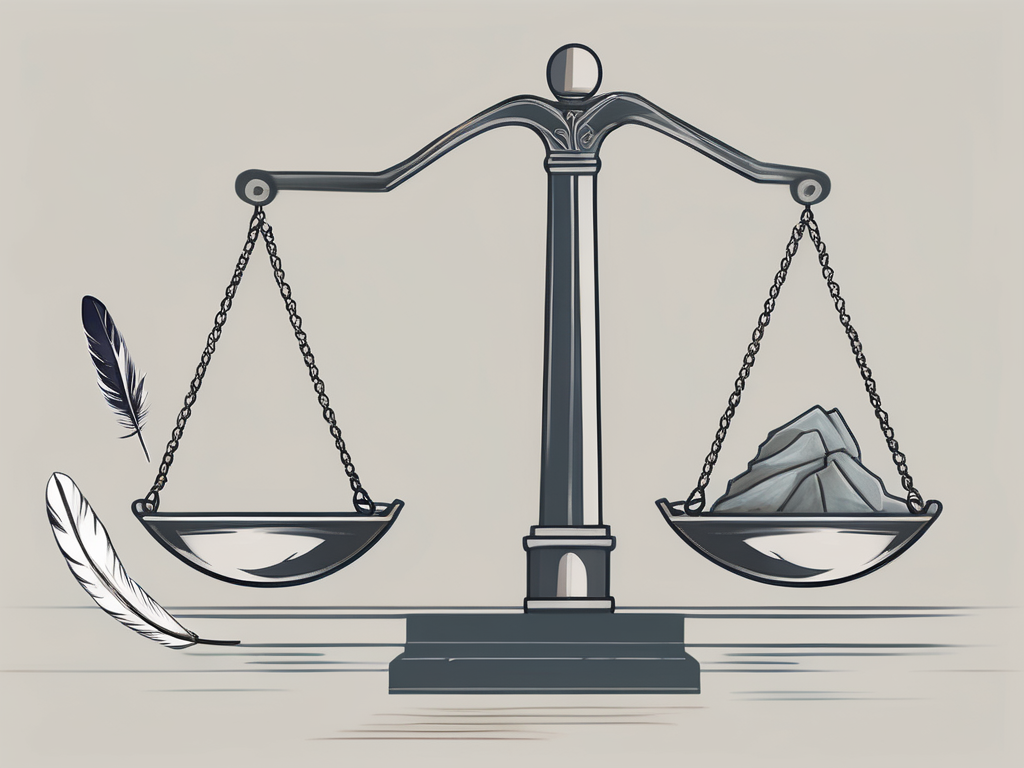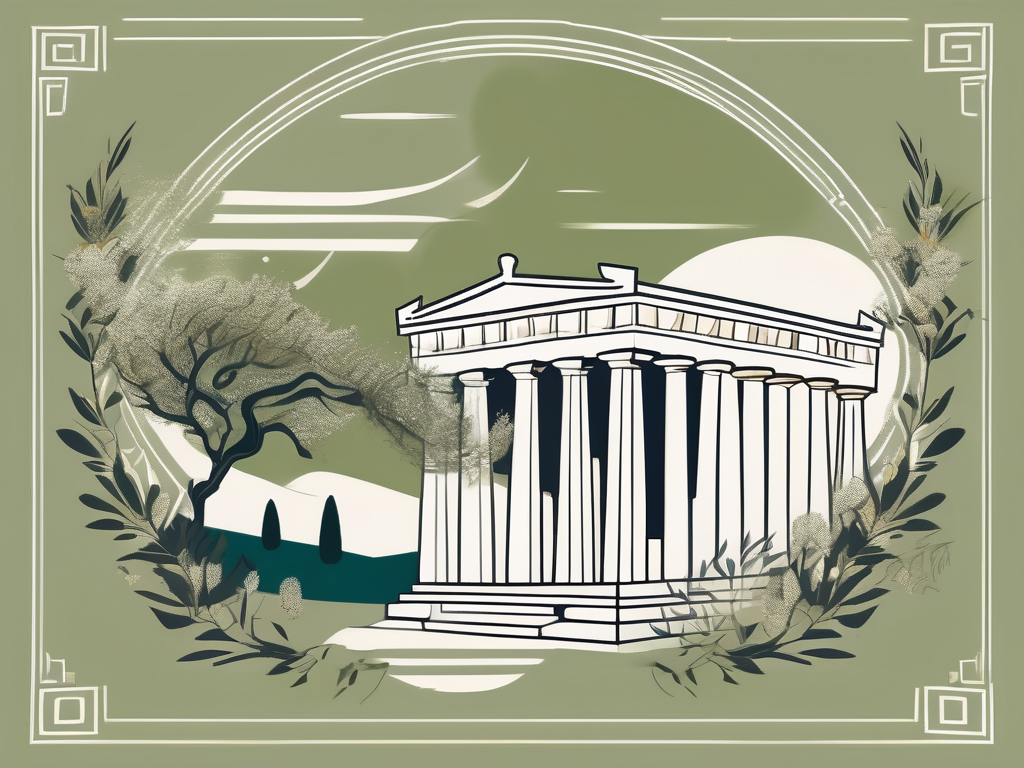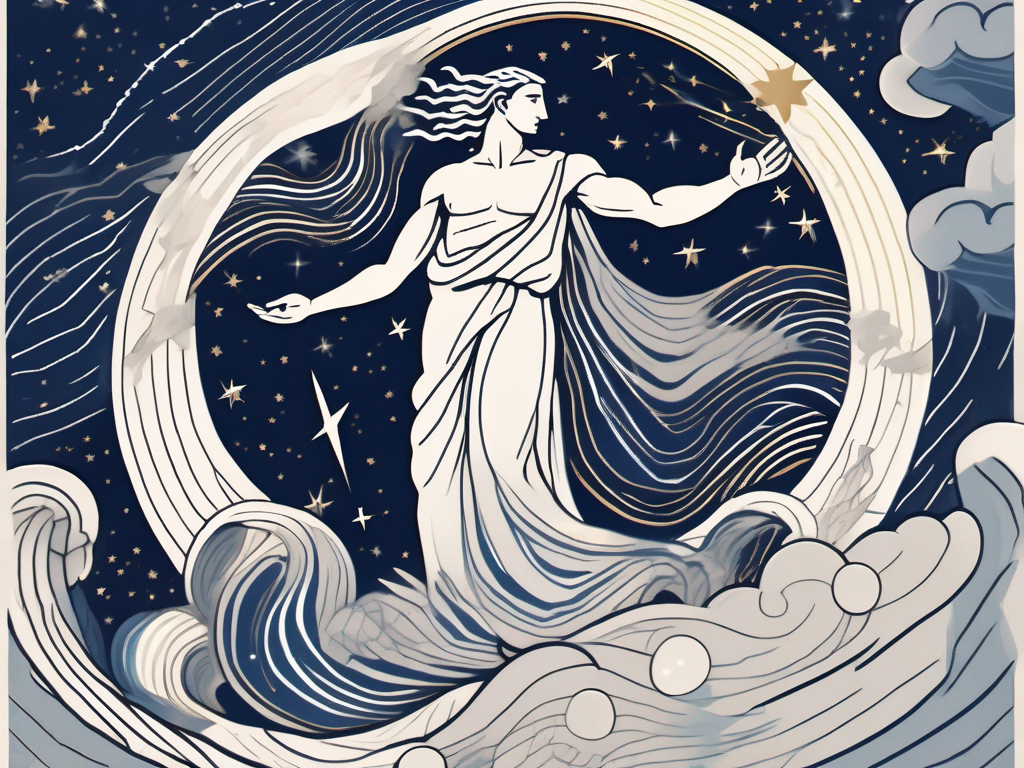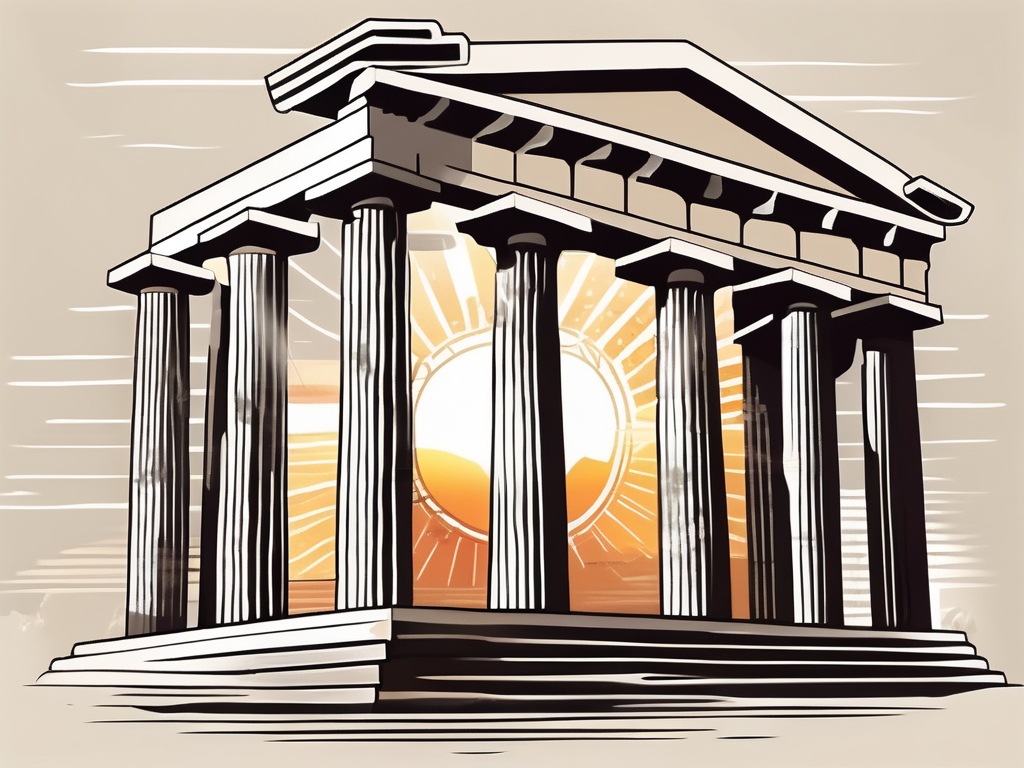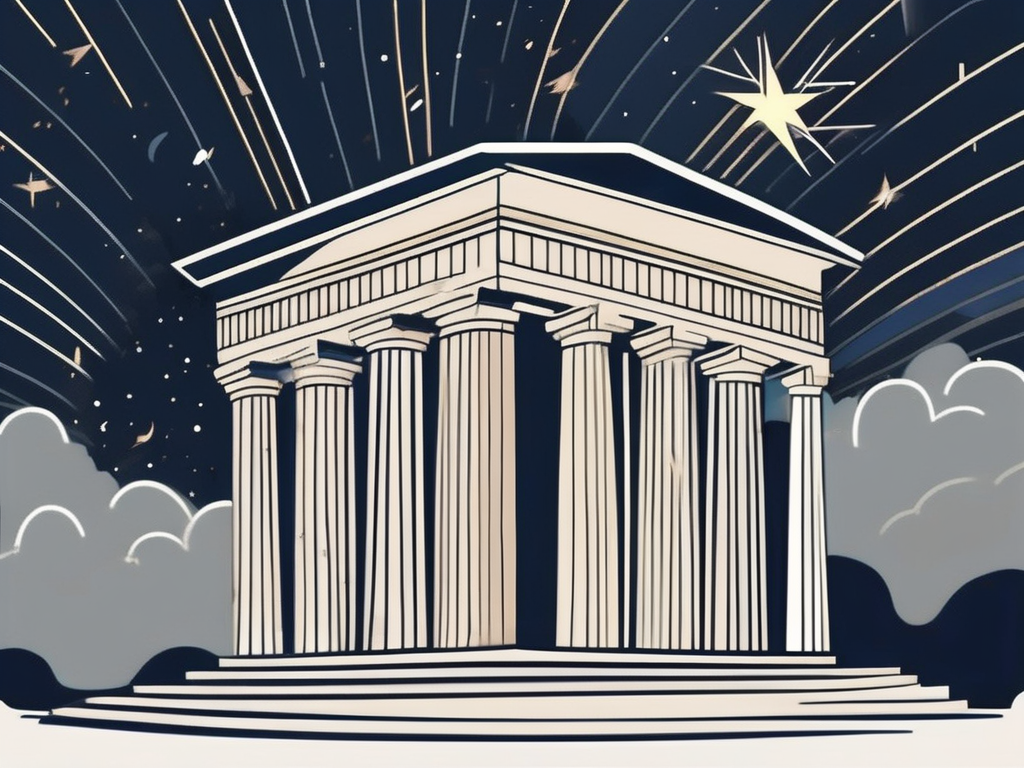In Greek mythology, the winds held a special place in the natural order of the world. Responsible for bringing both calm breezes and destructive storms, they were believed to be under the control of the powerful god known as Aeolus. Understanding the fascinating tale of Aeolus and his influence on ancient Greek culture allows us to delve into the realm of mythology and gain insight into the rich tapestry of ancient beliefs.
Understanding Aeolus: The Greek God of the Winds
In order to grasp the significance of Aeolus in Greek mythology, it is essential to explore his origin and comprehend his role and responsibilities in the pantheon of gods.
Aeolus, the Greek god of the winds, holds a prominent place in the vast tapestry of Greek mythology. His story begins with his intriguing origin, which is deeply intertwined with the realm of the sea and its tempestuous winds.
The Origin of Aeolus in Greek Mythology
According to ancient Greek folklore, Aeolus was the son of the mighty Titan god, Poseidon, and the enchanting nymph, Canace. This lineage firmly establishes his connection to the domain of the sea, where Poseidon reigned supreme as the god of the ocean and all its elements.
Legend has it that Aeolus resided on the floating island of Aeolia, a mystical place shrouded in mystery and wonder. It was on this ethereal island that Aeolus tirelessly controlled the four main winds, each with its own distinct personality and characteristics.
Boreas, the North Wind, was known for its icy breath and its ability to bring forth blizzards and freezing temperatures. Zephyrus, the West Wind, carried with it a gentle and warm breeze, often associated with the arrival of spring. Eurus, the East Wind, brought forth the scorching heat of the desert, while Notus, the South Wind, unleashed fierce storms and torrential rains.
Aeolus’ Role and Responsibilities as the Wind God
As the god of the winds, Aeolus had the immense task of maintaining harmony and balance in the natural world. He possessed the power to both unleash violent tempests and grant gentle breezes when he deemed it necessary.
Aeolus’ role extended beyond mere control of the winds; he was also known to assist both mortals and gods alike. Sailors, in particular, sought his favor and protection before embarking on treacherous voyages across the vast seas. It was believed that Aeolus could grant them safe passage, guiding their ships through treacherous waters and warding off dangerous storms.
However, Aeolus’ nature was not always predictable. Like the winds he commanded, he could be capricious and fickle, causing havoc and chaos with a mere change of his mood. This unpredictable nature was believed to be a reflection of his close association with the supreme gods, such as Zeus, who occasionally called upon Aeolus to carry out their will.
Despite his occasional whimsical behavior, Aeolus played a vital role in the intricate web of Greek mythology. His ability to control the winds and influence the natural world made him a figure of both reverence and fear, as mortals and gods alike recognized the immense power he held.
The Family of Aeolus: Kinship in the Greek Pantheon
Aeolus’ familial connections in Greek mythology shed light on the intricate relationships within the pantheon and the significance of his divine lineage.
Aeolus’ Parentage and Siblings
As mentioned earlier, Aeolus was the son of Poseidon and Canace. Poseidon, the god of the sea, added a touch of authority and power to Aeolus’ character.
Aeolus had numerous siblings who played prominent roles in Greek mythology, each with their own unique attributes and stories. One of his siblings was Triton, the mighty sea god known for his ability to calm or stir up the waves at will. Triton’s presence in the family added a sense of awe and reverence, as he commanded the vast depths of the ocean.
Another sibling of Aeolus was Peneus, the river god who ruled over the waters of Thessaly. Peneus was known for his gentle and nurturing nature, providing sustenance and life to the surrounding lands. His inclusion in the family brought a sense of balance and harmony, contrasting with the power and unpredictability of the sea.
Thetis, a sea nymph and another sibling of Aeolus, held a special place in Greek mythology. She would later become the mother of the legendary hero Achilles, whose valor and strength would shape the course of the Trojan War. Thetis’ connection to Aeolus added a touch of heroism and destiny to the family, as her son would go on to become one of the greatest warriors in Greek history.
Aeolus’ Children and Their Roles in Mythology
Aeolus had several notable children, each associated with a particular aspect of the ancient Greek world. These offspring played their own part in shaping the mythology of the era.
One of his most famous children was Sisyphus, known for his cunning and deceitfulness. Sisyphus’ actions eventually led to his eternal punishment in the Underworld, where he was condemned to roll a boulder up a hill, only for it to roll back down each time he neared the top. This tale of eternal struggle and punishment served as a cautionary tale, warning against the consequences of deceit and trickery.
Another notable offspring of Aeolus was Calyce, who became the mother of great heroes such as Nestor and Periclymenus. Nestor, renowned for his wisdom and counsel, played a crucial role in the events of the Trojan War, offering guidance to the Greek forces. Periclymenus, on the other hand, possessed the ability to transform into various animals, granting him a unique advantage in battle. The inclusion of these heroic figures in Aeolus’ lineage highlighted the family’s connection to greatness and valor.
With such a diverse and influential family, Aeolus’ place within the Greek pantheon became even more significant. His divine lineage, marked by the power of Poseidon, the awe-inspiring presence of Triton, the nurturing nature of Peneus, and the heroic destiny of Thetis’ offspring, showcased the complexity and interconnectedness of the Greek gods and goddesses. Through Aeolus and his kin, the divine tapestry of Greek mythology was woven, revealing the rich and captivating stories that continue to captivate us today.
Aeolus in Greek Literature and Art
Aeolus’ significance in Greek culture was not confined solely to mythology. He also made appearances in renowned literary works and inspired artists across the ages.
Aeolus in Homer’s Odyssey
The legendary Greek poet Homer immortalized Aeolus in his epic poem, the Odyssey. In this tale, Aeolus generously aids the hero Odysseus during his treacherous journey by providing him with a bag of winds.
However, Odysseus’ crew, driven by greed, opens the bag of winds prematurely, resulting in a return to Aeolus’ island and the loss of their progress. This encounter not only emphasizes the power of Aeolus but also serves as a lesson in the consequences of unrestrained desires.
Depictions of Aeolus in Ancient Greek Art
Ancient Greek artists frequently depicted Aeolus in various forms and poses. Some representations show him standing tall, holding the winds in his grasp, while others portray him surrounded by the winds in tumultuous scenes of stormy chaos.
These depictions often showcased the awe-inspiring power and influence of Aeolus and served as a reminder of the forces of nature that both terrified and fascinated the ancient Greeks.
Aeolus’ Influence on Modern Culture
Even in contemporary society, the myth of Aeolus continues to captivate and inspire. His presence can be found in literature, film, and even in the symbolism of the winds themselves.
Aeolus in Modern Literature and Film
Many authors and filmmakers have drawn inspiration from Aeolus and incorporated his myth into their works. From literature classics like T.S. Eliot’s “The Waste Land” to modern films that explore the themes of destiny and the power of nature, Aeolus has left an enduring mark on the artistic world.
The Legacy of Aeolus in Contemporary Society
Aeolus’ influence extends beyond the realm of art. The concept of controlling and harnessing the winds is deeply rooted in the human psyche.
From the development of weather forecasting techniques to the harnessing of wind energy in renewable power, Aeolus’ legacy can be seen in our quest to understand and utilize the forces of nature.
The Symbolism of Aeolus and the Winds
Aeolus’ role as the god of the winds allows us to explore the symbolism behind the winds themselves and their broader meaning within Greek mythology.
The Four Winds: Aeolus’ Tools and Their Meanings
In Greek mythology, each wind controlled by Aeolus held its own symbolic significance. Boreas, the North Wind, represented the harshness of winter, while Zephyrus, the West Wind, brought the gentle breezes of spring.
Eurus, the East Wind, symbolized the rejuvenating arrival of autumn, and Notus, the South Wind, brought the scorching heat of summer. Each wind carried its unique traits and added depth to the mythology surrounding Aeolus.
Aeolus as a Symbol in Greek Mythology
Beyond his control over the winds, Aeolus represents the mystery of the natural world and the fickle nature of those elements that shape our lives.
His unpredictable actions in dispensing wind and weather symbolize the unpredictability of fate and the need for mortal beings to understand and respect the forces that govern the world around them.
In conclusion, the mythical figure of Aeolus, the god of the winds, offers us a captivating glimpse into ancient Greek mythology and its enduring influence on art, literature, and our perception of the natural world. By exploring the origin of Aeolus, his role within the pantheon of gods, and his impact on modern culture, we gain a deeper understanding of the complex symbolism and beliefs that shaped the ancient Greek civilization.
